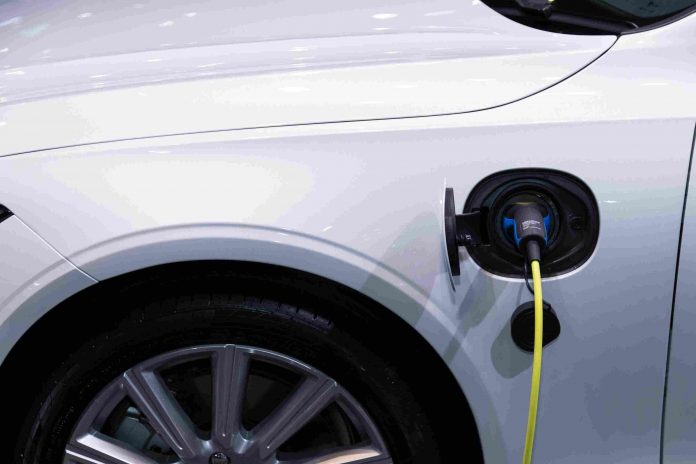A groundbreaking study published in npj Sustainable Mobility and Transport highlights the environmental and economic potential of battery electric vehicles (BEVs) when combined with innovative recycling strategies and forward-looking powertrain technologies (Golkaram et al., 2025). The research, led by Milad Golkaram and colleagues, emphasizes that electrification alone is not enough to ensure sustainability; instead, technological advances across the vehicle’s entire life cycle are essential.
Assessing the Full Life Cycle of Vehicles
To evaluate the impact of these innovations, the researchers used the Battery Electric Vehicle Sustainability Impact Assessment Model (BEVSIM), a web-based tool designed to assess life cycle environmental performance, life cycle costing (LCC), and material circularity of passenger vehicles.
The study considered mid-size and large vehicles in Europe, with a service life of 248,500 kilometers. Importantly, the analysis extended from “cradle-to-grave,” encompassing:
- Raw material production
- Manufacturing
- Vehicle use
- End-of-life (EoL) management
The study focused on three major variables:
- Use of recycled plastics in vehicle components
- Innovative recycling methods for plastic waste
- Evolution of electricity grid mixes
Researchers also compared BEVs to traditional internal combustion engine vehicles (ICEs) to quantify greenhouse gas reductions and other environmental benefits.
Methods: Recycling, Powertrains, and Economics
The BEVSIM framework allowed the team to explore several recycling and material strategies, including:
- Increasing recycled plastic content in vehicles from 0% to 40%
- Combining mechanical recycling with pyrolysis (an advanced chemical recycling method) for end-of-life plastics
Life cycle assessment (LCA) methodologies, standardized under ISO 14040 and 14044, were applied to measure environmental performance across categories such as:
- Global warming potential (GWP)
- Ecotoxicity
- Land use
The study also performed life cycle costing from the producer’s perspective, emphasizing production-related expenses such as battery costs, which play a dominant role in BEV pricing.
Material circularity was evaluated with the Material Circularity Index (MCI), showing how efficiently materials can be reused and recycled across the vehicle’s lifespan.
Key Findings: Environmental and Economic Implications
The study uncovered a nuanced picture of sustainability:
- ICE vehicles: The use phase dominates GHG emissions, contributing ~85% of lifetime emissions.
- BEVs: Material production—especially battery manufacturing—accounts for 38% of total GWP.
- Increasing recycled plastic content to 40% reduced GWP from plastics by 28%.
- Combining mechanical recycling with pyrolysis improved nearly all impact categories, though trade-offs remained (notably in land use and freshwater ecotoxicity).
Comparative findings:
- BEVs generated 50–56% lower life cycle CO2 emissions than ICEs under projected 2030 and 2050 European grid mixes.
- From a cost perspective, BEVs remained more expensive due to upfront battery costs, though future declines in battery prices are expected.
- Recycling infrastructure limits plastic circularity, with MCI at 0.33 (vs. 0.8 for steel and 0.69 for aluminum).
Implications for the Automotive Industry and Public Policy
This research carries major implications:
- Automakers: Should prioritize lightweighting and material circularity.
- Policymakers: May need to mandate higher recycled content and fund specialized recycling infrastructure.
- Consumers & society: Benefit from reduced GHG emissions if grid decarbonization and recycling technologies progress in parallel.
The findings highlight the interplay between materials innovation, recycling, and electricity decarbonization, providing a roadmap toward significant emissions reductions.
Looking Ahead
As BEVs gain market share, strategic investments in recycling technologies, battery innovations, and regulatory frameworks will be essential.
This study shows that the path to sustainable mobility lies not only in adopting electric powertrains, but also in embracing circular, lifecycle-focused strategies for materials and energy.
Golkaram et al. (2025) make a compelling case that achieving true sustainability in the automotive sector requires a holistic approach addressing emissions, costs, and material circularity from production to end-of-life.
Reference
Golkaram, M., Ligthart, T., Yildiran, A., Mehta, R., Vogels, J. J. T. W. E., Ferjan, S., & Someren, E. (2025). Evaluating future powertrain and recycling technologies and their impact on the life cycle assessment and costing of mid-size and large passenger vehicles. npj Sustainable Mobility and Transport, 2(18). https://doi.org/10.1038/s44333-025-00031-x
